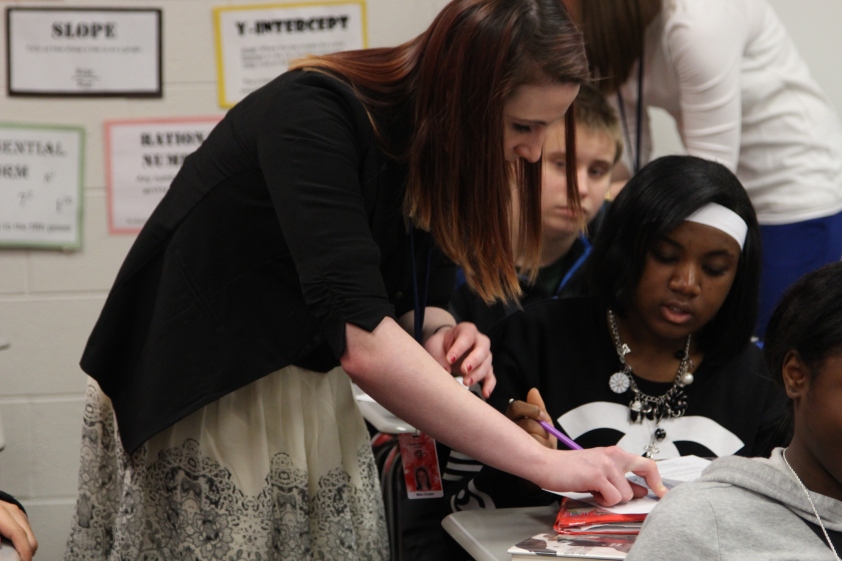Recently, I had the opportunity to lead my first Parent Teacher Conferences. Most teachers dread these, or at the very least, they’re definitely not excited. I guess I’m not most teachers. For days leading up to them, I couldn’t help my excitement. I think that parent-teacher interaction is so important and I was excited to be able to tell parents what I had been seeing in their children.
Much of my conference time was spent with my not icings of students. I told parents how their students were doing both academically and socially in my classroom. I made sure to not start each session with the student’s grade. To me, grades really aren’t that important. And, they aren’t the best indication of students’ learning. So, I began with each student’s positive contributions to class. And I had a lot of them. Throughout this process I found out just how lucky I am to have every one of my students. They each contribute something so unique to class and it was easy to tell their parents what positives they brought each day. These qualities ranged from the fact that students were vocal in class with their ideas about mathematics, they worked well in collaborative groups, they brought a positive energy and interest each day, etc.
One of the most amazing things about PT Conferences, though, was hearing from the parents about my students. Some parents shared their concerns about their student with me. Since I teach all honors mathematics courses, it was typical to hear that students were striving for an A that they didn’t quite have yet. But, what I found to be the most amazing thing was hearing parents say that this was their student’s first honors class, that they never expected this track, and how proud they were. It was inspiring hearing parents talk about how happy they were at their child’s success. A lot of the parents thanked me for what I had been doing in class, which was so rewarding.
My entire life I have wanted to be a teacher and it’s the most amazing thing to hear the words “thank you for being our son/daughter’s teacher.” My goal in this field is to help students be successful, no matter how they define success. For some of my students, success is that A. For others, it’s learning what they need to know to be prepared for their future careers. For others, it’s to just do their best, no matter what grade that brings. I want to help all of them get there. PT Conferences really hit me hard. They made me realize how important what I’m doing is. I’m affecting these students, their parents, and their lives. I don’t take that lightly. I also realized how special each student is. Everyone says that, but I never really knew what it meant until I got the opportunity to discuss each of my students. They are all such inspiring individuals and I’m proud that I get to be a part of their lives, even if it is only for a semester.
